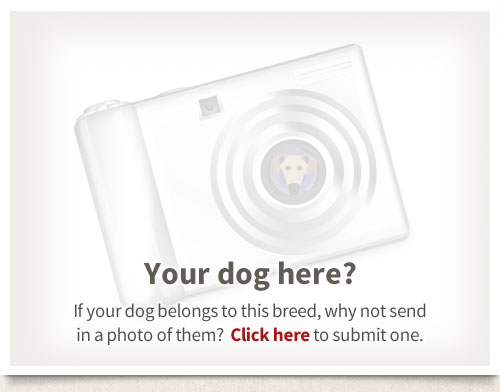Origin
It is believed that the original progenitors of the breed which came to be known as the King Charles Spaniel were dogs from China, Japan and Tibet which arrived in Europe more than a thousand years ago with travellers and traders. Over centuries, and through various crossings, a type known as the Toy Spaniel emerged and from the 16th century found great and continuing popularity in the households of British royalty and nobility. These small dogs were particular favourites of King Charles II for whom they were named. With the passage of time came changes to the breed which originally more closely resembled the Cavalier King Charles Spaniel. It is suggested that interbreeding with Pugs, Pekinese and Japanese Chin resulted in muzzles becoming upturned and shorter, skulls becoming domed, and a general diminution in size. In 1945 the Kennel Club recognized the KCS and the CKCS as separate breeds. The King Charles Spaniel is very much a minority breed, being far less popular than the Cavalier.
Character
"Spaniell gentle or comforter--a delicate, neat and pretty kind of dog...chamber companions, pleasant play fellows". As a description of the King Charles Spaniel these words are as true today as they were when written by Dr Caius in 1570. Affectionate and attentive to his owners every word and movement he fills his familys lives with love and cheerful companionship. Such is his attachment that he does not cope well with being left alone for long periods as he will fret and become anxious without human or canine company. He will take and enjoy all the pampering offered and that expressive little face with the large, soft, appealing eyes makes over-indulgence all too easy. He is a fairly extroverted fellow but may be somewhat reserved with strangers on first meeting, however once he becomes comfortable with them he will be happy to graciously receive their attention. Protective of his owners and what he regards as his territory it is worthwhile to investigate the cause of any barking from this normally quiet dog. Despite being a lively fellow, full of fun and always ready to play he may find the rowdy and boisterous games of young children overwhelming and trying of his patience so he is better suited to families with older children and calm, harmonious homes. Many years of selective breeding have diminished the hunting instinct of his Spaniel forebears but it is not completely extinguished. He will chase birds and flying insects therefore gardens need secure fencing lest he run into danger. Gentle, loyal, sweet-natured, the King Charles Spaniel is a pleasure to know and a constant delight to his owners.
Exercise
The exercise requirements of the KCS are modest. He will get almost enough to keep him physically healthy through running about at home and playing games. Despite being a great lover of home comforts he also enjoys outings and a short daily walk will stimulate his mind by providing sights and smells for his interest. Off-lead exercise should be undertaken in secure areas only lest his potential hunting instinct be triggered by the flight of a bird or butterfly. Owners must be mindful that, being a short-muzzled breed, he does not cope well with hot weather and exercise during the hottest parts of the day should be avoided.
Training
The King Charles Spaniel is reputed to be a naturally well-mannered dog. Nevertheless, as with any dog, he needs, deserves and will benefit from, education in what is, and what is not, acceptable behaviour. Basic obedience training should be started as soon as possible. He is an intelligent fellow and will quickly understand and comply with commands from a loved and respected owner. He should be encouraged with a cheerful voice and rewarded with treats and praise for a job well done. A harsh voice or rough handling will bewilder and frighten him, making learning difficult and eroding trust. With sensitive handling he can perform well in formal obedience and agility and some can be trained to flush game birds. Socialization, which is the process of introducing the pup to as many people, things, other animals, situations, etc. as possible should also be commenced early. The well trained, well socialized King Charles Spaniel will develop into an agreeable companion and be welcome wherever he goes.
Health
- Patella luxation
- mitral valve disease
- patent ductus arteriosis (PDA)
- eye problems
- hypothyroidism
- syringomyelia (SM)
- epilepsy
Pictures
Some photographs of the King Charles Spaniel...





